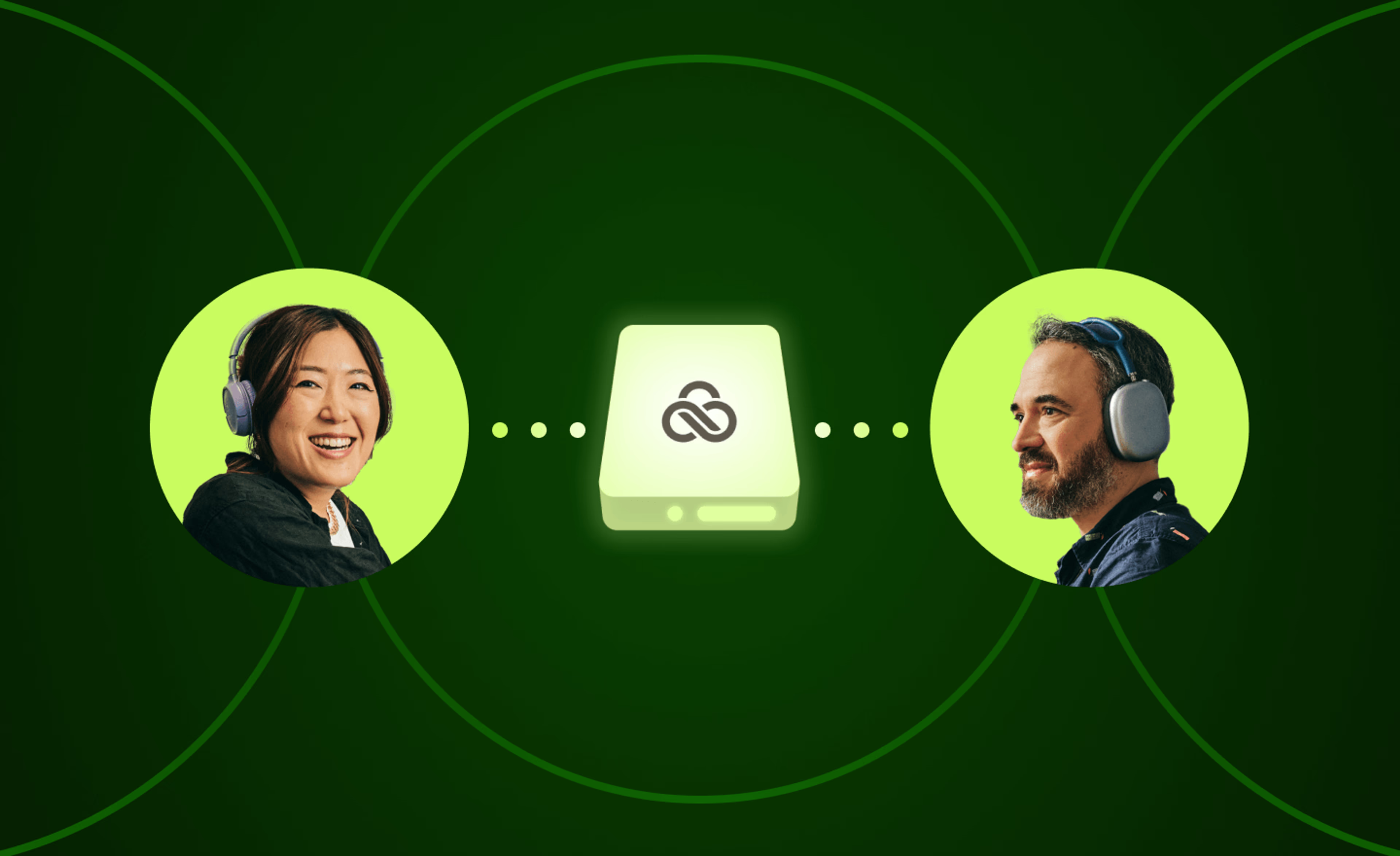Cloud storage
What is Cloud NAS?
April 2024
2 mins

Your files, faster.
Access any file instantly, anywhere. Collaborate in real-time from one always-up-to-date, secure cloud filespace.
The software industry is full of acronyms and terms that your average person would always have to look up. So I ask you, (since you’re reading this, you must be above average:)) what do you think of when you hear the term Cloud NAS? If you do a Google search, you’ll find various companies providing descriptions, often in the form of advertisement. TechTarget has its definition, “Cloud NAS (network-attached storage) is remote storage that is accessed over the Internet as if it was local.”
But what do we mean when we say we are “Cloud NAS”?
Our Cloud NAS solution works like an on-premises NAS, but unlike a traditional NAS, it is not a physical machine but rather a software service. LucidLink Filespaces enables you to modernize your cloud infrastructure and take advantage of cost-effective cloud storage with an innovative cloud-native file system. At LucidLink, Cloud NAS means that all your data can be accessed from anywhere with the ease and performance of a local drive. Users can easily stream data directly from the cloud, eliminating the need to download or synchronize.
Pre-COVID, many organizations relied on legacy sync-and-share technologies, inefficient data transfer utilities, and even ‘sneakernet’ to share data and digital assets. With most people working remotely, companies are significantly challenged when it comes to enabling remote access to files and collaboration. Using LucidLink, organizations can easily store, share, edit, and collaborate remotely on digital files directly in the cloud. Essential for any industry, LucidLink supports all major operating systems, including macOS, Windows, and Linux.
Using a software client running on the endpoint, delivered as SaaS, with no middleware and no appliance, virtual or physical. LucidLink leverages cloud-based storage with the functionality you expect from an on-premises NAS – only better.
Vital for Workflows
Remote collaboration and data access are vital to keeping business workflows from grinding to a halt, especially with multiple team members working outside the office and across the globe. Everyone needs a central point of access —immediate access—to digital assets from wherever they are working.
That’s why we created LucidLink. With the rapid growth in cloud services and object storage, it became clear that applying old technology to a new paradigm was broken. A new system had to be created from scratch to take full advantage of cloud object storage benefits. Old technologies becoming “cloud-enabled” didn’t suffice.
LucidLink is at the forefront of cloud services and storage, offering a secure file system specifically built for modern cloud-computing environments. In March, we told you how to move your NAS to the cloud in 30 minutes or less. Give us a try. You have nothing to lose but maybe a little onsite hardware.
Keep reading

Product & news
Collaboration
Cloud storage
Why sync when you can stream? File streaming vs sync and share
Explore how sync and share tools disrupt large file workflows and how LucidLink’s file streaming platform delivers instant, secure file access from anywhere.
24 November 2025, 6 mins read

Collaboration
Cloud storage
Work from anywhere, together: hybrid workflows that actually work
Discover how LucidLink makes hybrid workflows smoother without syncing or delays. Empower your team to collaborate in real time, anywhere.
28 October 2025, 5 mins read

Product & news
Collaboration
Cloud storage
What is LucidLink and how does it work?
Learn all about LucidLink, the storage collaboration platform that gives teams instant, secure access to files from anywhere.
27 March 2025, 8 mins read
Join our newsletter
Get all our latest news and creative tips
Want the details? Read our Privacy Policy. Not loving our emails?
Unsubscribe anytime or drop us a note at support@lucidlink.com.